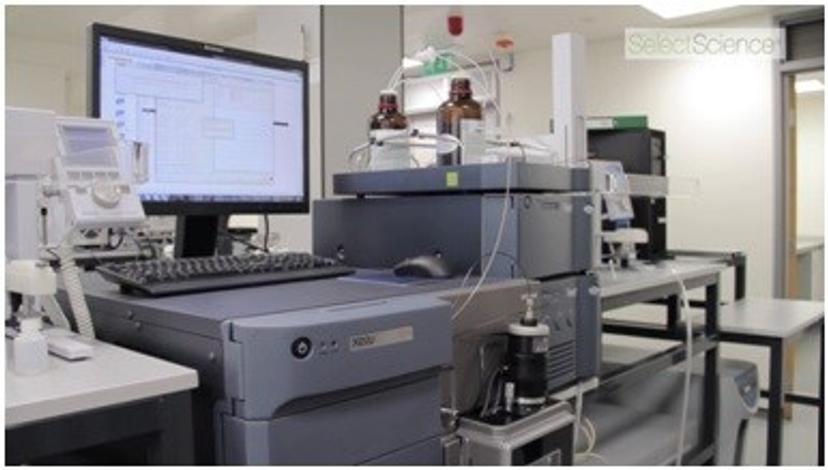10 Must-See Analytical Chemistry Videos
18 Aug 2014

1. Personalized Medicine: The Future of Healthcare
Prof. Nicholson describes how personalized medicine and bespoke treatments can be applied based on an individual's genetic, metabolic or proteomic profile. The National Phenome Centre’s strategy, together with the use of MS and NMR technology, could help to advance the future of healthcare.
2. Analyzing Activated Carbon using ATR FT-IR, for Removal of Contaminants in Drinking Water
Watch this video to learn how activated carbon is used extensively for the purification of drinking water. Dr Fowler, of Imperial College London, describes the benefits of using ATR technology over traditional KBr discs for use with FT-IR to simply and efficiently analyze activated carbon samples.
3. The Science of ‘Sportomics’: Prof. L.C. Cameron
Prof. Cameron, PI for the Lab of Protein Biochemistry at the Federal University of Rio de Janeiro, introduces the science of ‘Sportomics’: top-down research using ‘omics’, biochemical and hematological approaches, to understand cellular and systemic challenges in response to physical exercise.
4. Fish Speciation Analysis using Time-of-Flight Mass Spectrometry
Prof. Christopher Elliott, of Queen's University Belfast, describes how ToF-MS can be used to determine multiple types of fish fraud simultaneously, including fish speciation, the species' origin, and if the fish was caught sustainably.
5. Exclusive World Cup Anti-Doping Interview: Analyzing Footballers with Mass Spec
Join SelectScience behind the scenes at the WADA-accredited Laboratoire Suisse d’Analyse du Dopage (LAD) in Switzerland, as we follow samples arriving from the World Cup in Brazil, through to mass spectrometry analysis. In this exclusive footage, discover how these scientists are using LC-MS technology for accurate anti-doping testing of the world’s top footballers.
6. Quantification of Inorganic Arsenic in Rice
Rice grown anaerobically is highly efficient at absorbing arsenic from soils. This leads to high levels of inorganic arsenic (a class 1 human carcinogen) in the grain. Professor Andrew Meharg, from Queen's University Belfast, describes how ICP-MS is used to quantify the amount of arsenic in a grain of rice.
7. Step Inside the Brazilian Army's Mobile Testing Laboratory
In this exclusive tour of the Brazilian Army's mobile laboratory, learn how in-field and laboratory technologies provides a fast defense response to potential threats during events such as the 2016 Rio Olympic Games.
8. Metabonomics: Understanding Human Metabolism
Dr Matthew Lewis describes how the MRC-NIHR Phenome Centre investigates what makes people metabolically different. By analyzing large groups of patients and performing epidemiological studies, an insight into the understanding of human metabolism can be achieved. NMR and UPLC mass spectrometry are used with a combination of different chromatography methods to gain accurate analysis of small molecules in human samples.
9. Environmental Forensics: Impacts on Human Population
Professor Frank Dorman, of Penn State University, describes environmental forensics and how environmental exposure can be linked to an increase in human disease state. Chemotherapeutic drugs enter waste water either via improper disposal by patients or hospitals. If untreated, these drugs can end up in drinking water and expose the human population to harmful low dose chemotherapeutic drugs.
10. Petroleomics: Characterization of High-Boiling-Point Petroleum
Dr Priscila Lalli of National High Magnetic Field Laboratory, Florida State University, describes how ion mobility mass spectrometry is used to determine the isomeric composition of petroleum heavy ends. PetroOrg is software that has been developed to perform elemental composition assignments from mass to charge ratio values for crude oil species and is integrated with ion mobility data.
